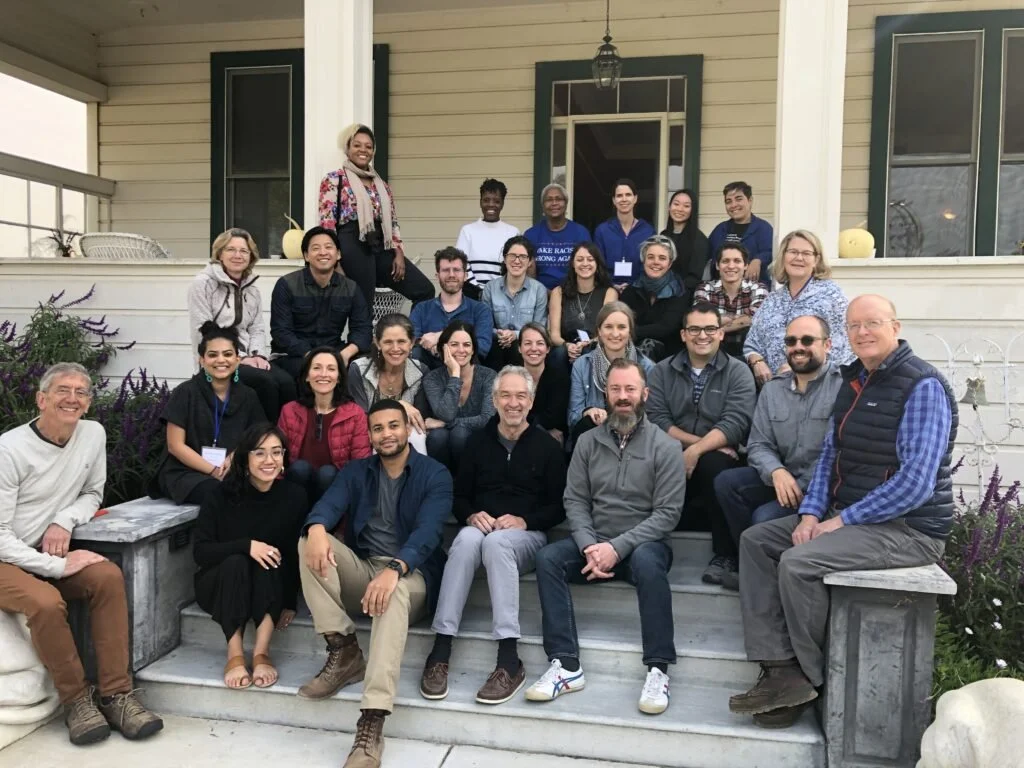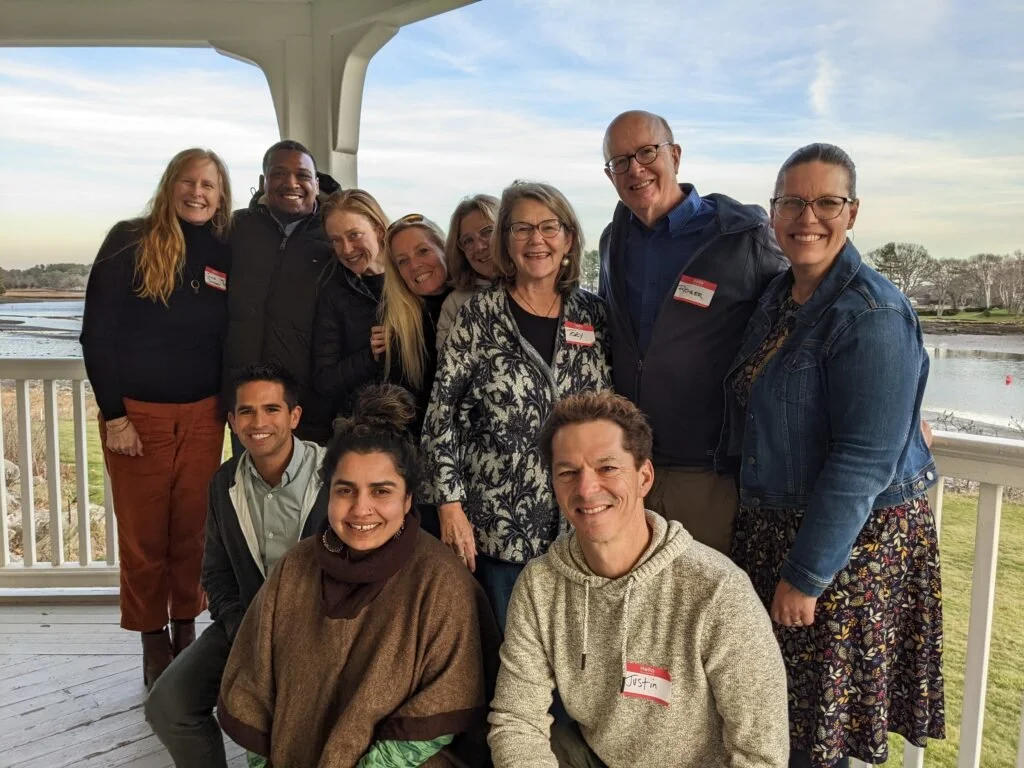The Power of Intention and Courageous Conversations: Tory Dietel Hopps Reflects on her JEI Creative Capital Calling
This article originally appeared in the Just Economy Institute’s blog on August 1st, with the title “The Power of Intention and Courageous Conversations: Reflecting on my JEI Creative Capital Calling.”
By Tory Dietel Hopps
I am a philanthropic advisor, and I have the privilege of working with phenomenally intentional clients. Unfortunately, while the philanthropic intent is often alive and well, many of my clients are unaware of or overwhelmed by the ways in which their endowments could be invested in manners that perpetuate harm in direct contrast to their values and mission.
I participated in the Just Economy Institute (JEI) fellowship in 2018-19 with three goals: deepen my learning around ways to shift my personal capital, create a community that believes money can be in service of liberation and economic transformation and find the courage to begin having difficult and transparent conversations with my clients.
Tory (second row, far right) with her JEI cohort at Paicines Ranch.
At some foundations, there is a tension between what the 5% of money (grantmaking) supports and how the other 95% of money (endowment) is invested. A foundation might, for example, fund new advocacy to stop fossil fuel pipelines while holding stock in the very companies building those pipelines. This incongruity didn’t sit well with me, and I saw opportunities for greater alignment and positive impact on issues of concern for my clients that could be achieved by shifting their investments.
As an advisor, I felt called to point out the profound dissonance I saw between what my clients had helped accomplish through their philanthropy and the detrimental impact their foundation had perpetuated through their investments. JEI helped me understand that I wanted to play a role in illuminating this disparity and walking alongside my clients as we work together to rectify it.
For many, significant wealth comes with emotional strife. I have clients who find great joy in their giving and are thoughtful, deliberate and intentional in their grantmaking. And yet, for many, wealth is rife with overwhelm, stress, guilt, and often, trauma. Confronting these emotions is as critical as it is delicate, and I was determined to discover how to have these conversations in a manner that was both approachable and honest.
For my JEI Creative Capital Calling, I created a case study, workshopped a presentation showing how at odds the foundation’s endowment was with its grantmaking and offered a path forward. I then used this model in real time with one of my clients.
Tory (center) with JEI alumni at a regional gathering in New Hampshire.
At first, when we met and I walked my clients through the contradictions in their philanthropy, they were disappointed and upset. They were overwhelmed, and I worried that I was at-risk of getting fired for being the messenger of this news. After our meeting, they went quiet for some time.
In the meantime, I began sharing my own money story on webinars to various audiences; as someone with class privilege, I hoped my personal journey of aligning my money with my values could be a model for others who wanted to do the same but didn’t know where to begin. When I tell my story, I stress the indisputable, fundamental point that we are the only experts in our own values. I share that getting clear on my values led me to move my money differently and that this process happened slowly and over time. And, in doing so, I hope to demonstrate alternative ways of stewarding capital.
Stories move people—and I was grateful to discover that telling my story had an impact on those who tuned in, including my clients. After a period of time and reflection, my clients decided that it was their responsibility to step into their values and make a request of their investment advisors. We set up a meeting, and my clients stated that, at the very least, any investments in their endowment should not be in direct opposition to their grantmaking work, and it was important to them to begin finding greater alignment between their values and investments.
Afterwards, my clients realized that the process of clarifying their values and interests was less overwhelming than they had anticipated. What it required was intentionality. They had to step into the role of “executive trustee” and share what was important to them; then, it was up to the investment professionals, with help from their philanthropic advisors, to support them in making the necessary changes to bring their portfolio into greater alignment.
Through careful articulation of what my clients hoped their money would and wouldn’t do in the world, and with the help of advisors who were willing to listen, we’ve made some real progress. I share the following as two examples of how we are tracking the shifts we set out to engage in: 1) a re-evaluation of risk and return, as we move into investments that are values-aligned, rather than investments focused exclusively on the highest financial return, and 2) investing in more funds managed by diverse ownership, with a focus on women and BIPOC fund managers—in this case, diversity is measured by at least 33% diverse ownership.
I share this because I believe in the power of storytelling. I know how hearing others’ stories encouraged my own journey, and I’ve seen how sharing my money story has inspired my clients. Shifting the flow of capital and power requires clarity on what we’re shifting these resources towards. The power of intentionality is real, and all of us, at different places across the financial spectrum, have that power at our fingertips.
With thanks to Cambridge Associates for working with us on this alignment assignment.


